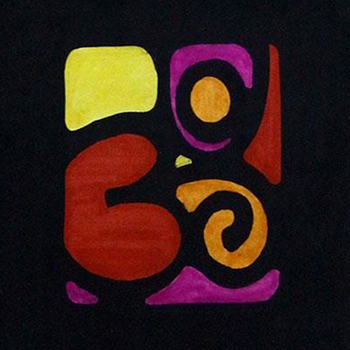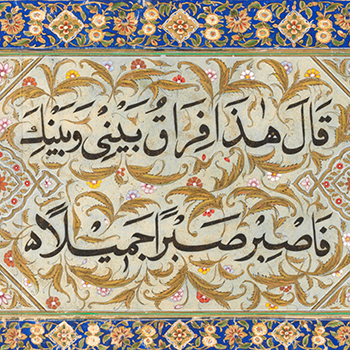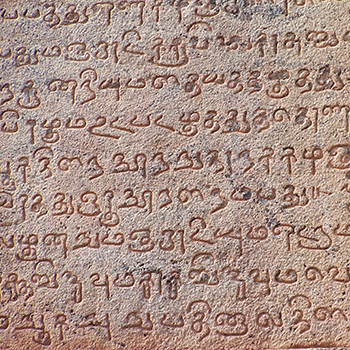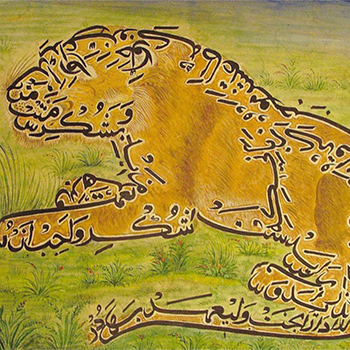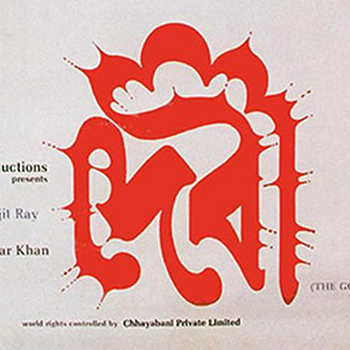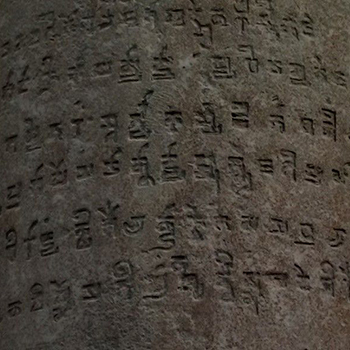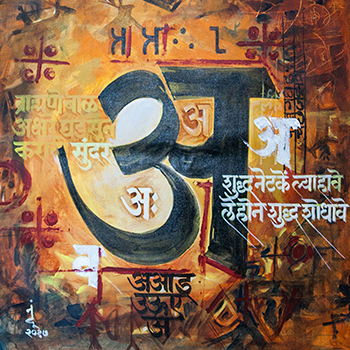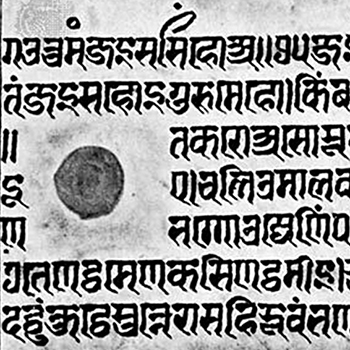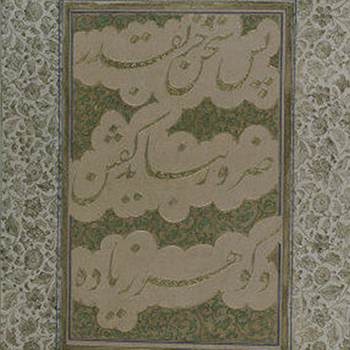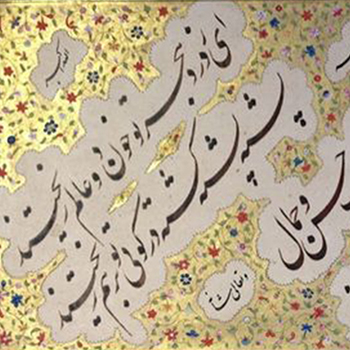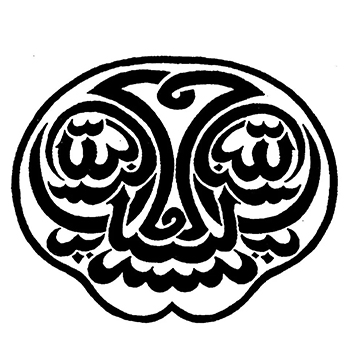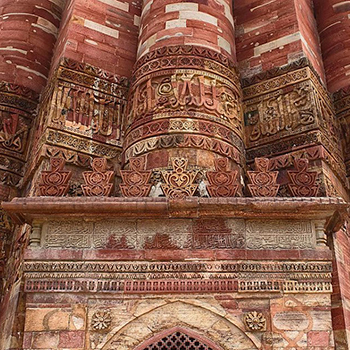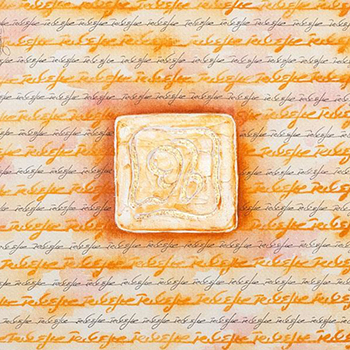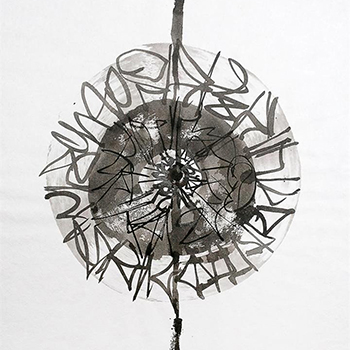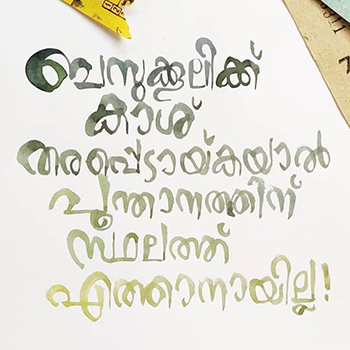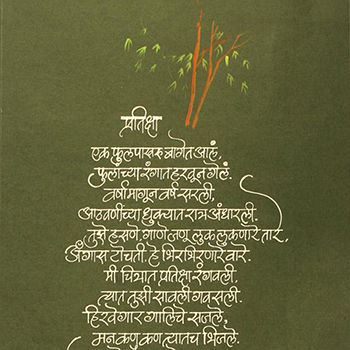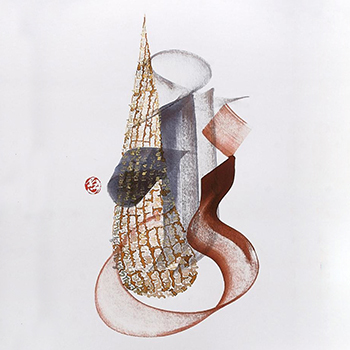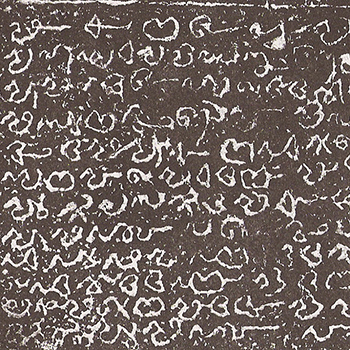Akbar finalised the plan of his tomb during his lifetime only, but later his son Jahangir made many changes to the original form. Jahangir's participation is seen in the exquisite white marble ornamentation at the tomb's entrance gate. There are Arabic and Persian inscriptions on the gate's facades. It contains praising words for the emperor, modified quotations from the Quran, and on the last panel, the name of the calligrapher with a date, Abdul Haq Shirazi in 1022 A.H. (1613 AD). Thuluth script is used to carve the inscription on a white marble surface. The inner grave chamber has no inscription with a plain cenotaph of the emperor. A lengthy calligraphic band with a blue backdrop in stucco and a golden colour is located close to the ceiling in the vestibule before the grave chamber. There are passages from Surah Al-Mulk, Surah Al-Ahzab, and Surah As-Saffat in the Thuluth script inscription.
